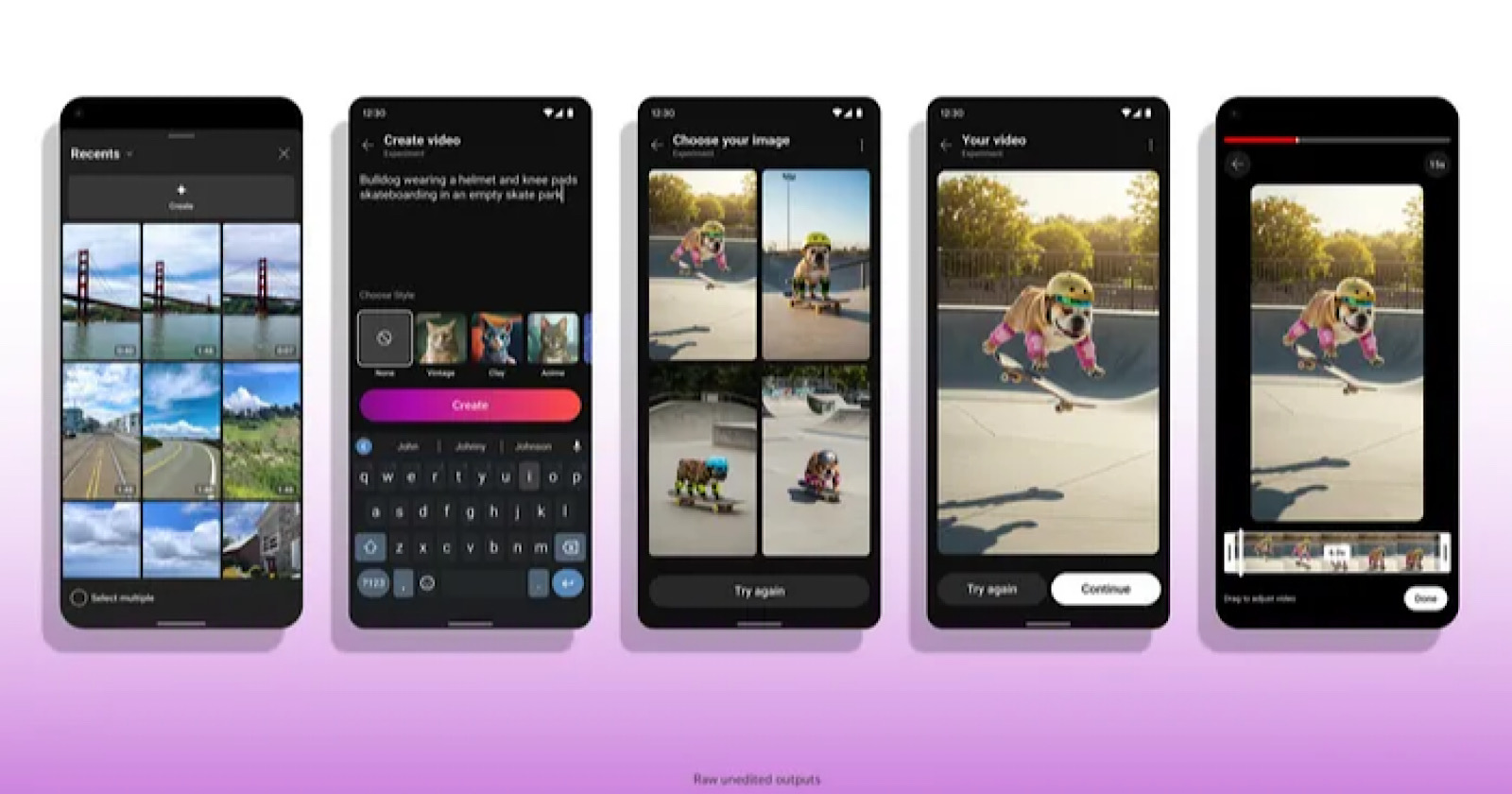Google has introduced an upgraded version of its Dream Screen feature on YouTube Shorts, powered by the newly announced Veo 2 video generation model.
This upgrade allows users to create AI-powered backgrounds and standalone video clips more efficiently.
Background: Dream Screen & Veo 2
Dream Screen allows users to input a text prompt and generate AI-driven backgrounds for YouTube Shorts. With the new Veo 2 integration, creators can expect:
- Faster Generation: Videos and images are produced more quickly.
- Higher Quality: The model supports a wider range of subjects and more detailed visual output.
- New Capabilities: Users can generate standalone video clips for Shorts in addition to backgrounds.
Veo 2 is rolling out to users in the United States, Canada, Australia, and New Zealand, with plans to extend access to other regions in the future.
Here’s an example of what a clip created with Veo 2 looks like:
How To Use Dream Screen With Veo 2
Generating Video Backgrounds
- Select the Shorts camera within the YouTube app.
- Tap the Green Screen option, then select Dream Screen.
- Type a short description of the desired background.
- Dream Screen will provide a selection of AI-generated image or video backgrounds.
- Choose the background you like most and incorporate it into your Short.
Creating Standalone Clips
- Open Shorts Camera & Media Picker: Tap the lower-left icon to open the media picker.
- Tap “Create”: Enter a prompt describing the desired content.
- Select Format: Choose from the generated image or video options.
- Edit Length: Drag the edges of the clip to adjust the duration.
- Add To Short: Tap “Done” to embed the newly generated footage into your existing Short or use it within a new one.
See a demonstration in the video below.
Google notes that SynthID watermarks and clear labels will be applied to AI-generated material to indicate its origin.
Looking Ahead
Adding Veo 2 to Dream Screen can help creators make professional-looking visuals without additional resources.
Google is rolling out this feature to users in the U.S., Canada, Australia, and New Zealand, with plans to expand to other regions later.





![[SEO, PPC & Attribution] Unlocking The Power Of Offline Marketing In A Digital World](https://www.searchenginejournal.com/wp-content/uploads/2025/03/sidebar1x-534.png)